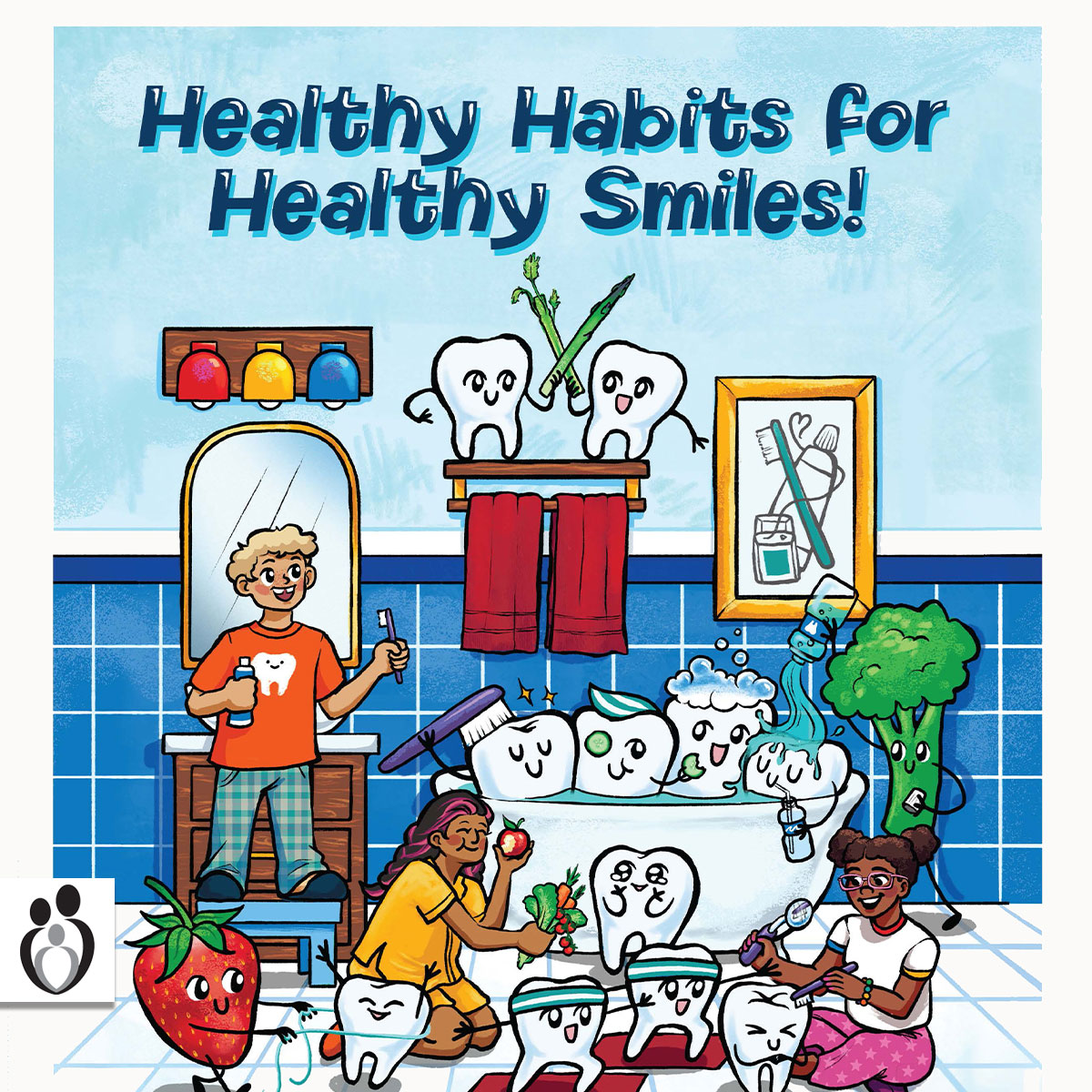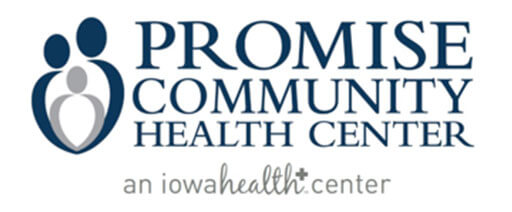
February is Children’s Dental Health Month, brought to you by the ADA to highlight the importance of children’s oral health.

Cavities are the most common chronic childhood disease in the United States. When untreated, cavities cause pain and infection, impacting a child’s life in areas such as eating, playing, speaking, and learning. According to the CDC, more than half of children aged six to eight have had a cavity in at least one of their baby (primary) teeth. The CDC also says that more than half of adolescents aged 12 to 19 have had a cavity in at least one of their permanent teeth. The good news is that cavities are preventable, and there are certain things you can do and habits to implement to help avoid them.
Ways to Prevent Cavities in Babies
- Wipe gums twice daily with a soft, clean cloth in the morning after the first feeding and right before bed to wipe away bacteria and sugars that can cause cavities.
- When teeth come in, brush twice daily with a soft, small, bristled toothbrush and plain water.
- Visit the dentist by your baby’s first birthday to help spot signs of problems early.
- Talk to your dentist or doctor about putting fluoride varnish on your child’s teeth as soon as the first tooth appears.
Ways to Prevent Cavities in Children
- Brush their teeth twice a day with fluoride toothpaste.
- Help your child brush their teeth until they have good brushing skills.
- If your child is younger than 6, watch them brush. Ensure they use a pea-sized amount of toothpaste and always spit it out rather than swallowing it.
- Ask your child’s dentist to apply dental sealants when appropriate.
- Drink tap water that contains fluoride.

